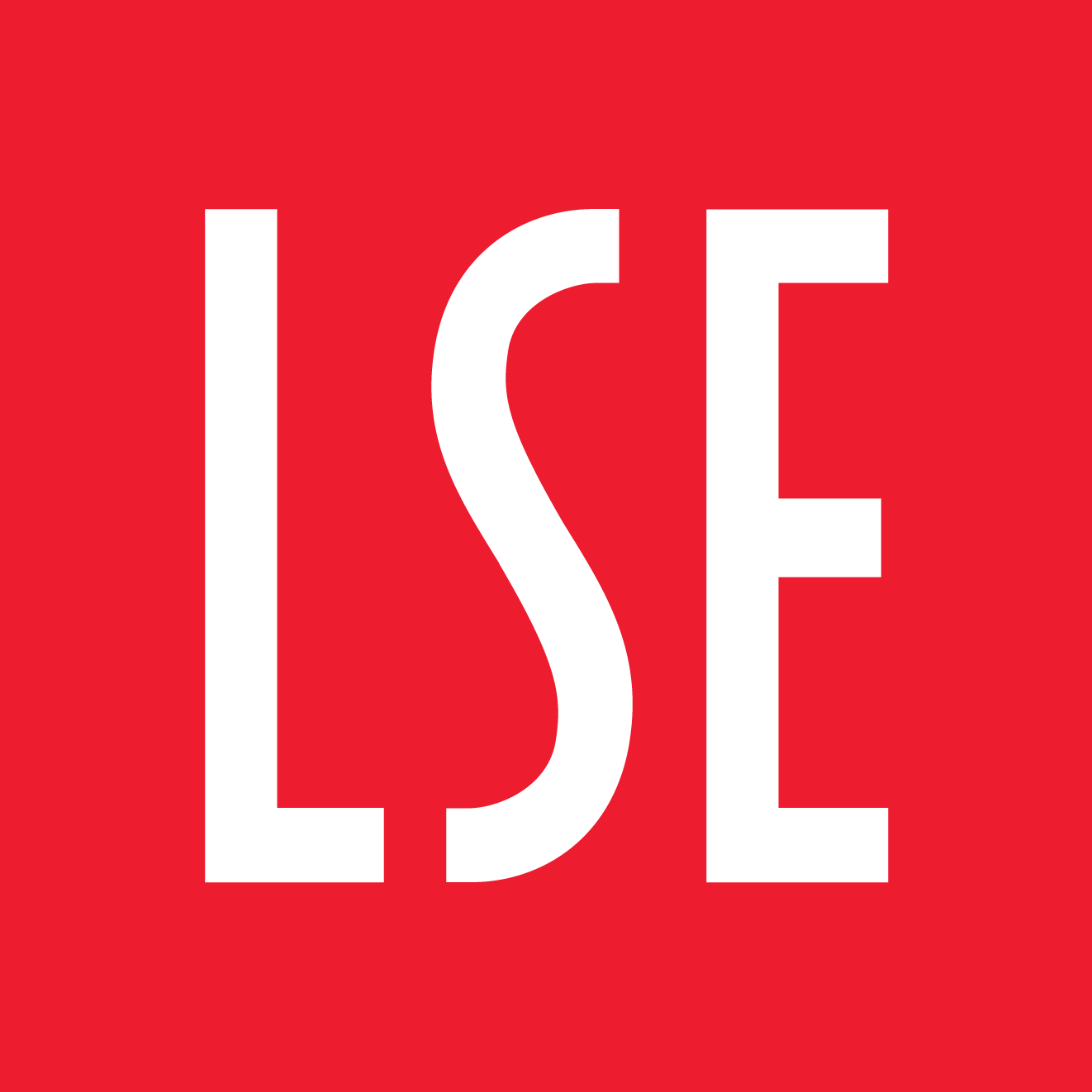LSE is a world-leading university, specialising in social sciences. Based in the heart of London, we are a global community of people and ideas that transform the world.
Background
Our history
From 1895 to today
LSE was the brain child of Sidney Webb, supported by his wife, the social investigator Beatrice Webb, the political scientist Graham Wallas, and the writer George Bernard Shaw.
All four were prominent members of the Fabian Society. In 1894, they decided to use a £20,000 bequest to open a specialist higher education institution.
The first students arrived in October 1895 and in 2020 we celebrated our 125th anniversary.

LSE student group c1910. IMAGELIBRARY/899. LSE
From the start, LSE was open to women and men and welcomed students from overseas. The School was committed to providing its students with “scientific training in methods of investigation and research”. The 1895 LSE Prospectus states that:
“The special aim of the School will be, from the first, the study and investigation of the concrete facts of industrial life and the actual working of economic and political relations as they exist or have existed, in the United Kingdom and in foreign countries.”
LSE HISTORY BLOG Telling the story of LSE


 Back
Back